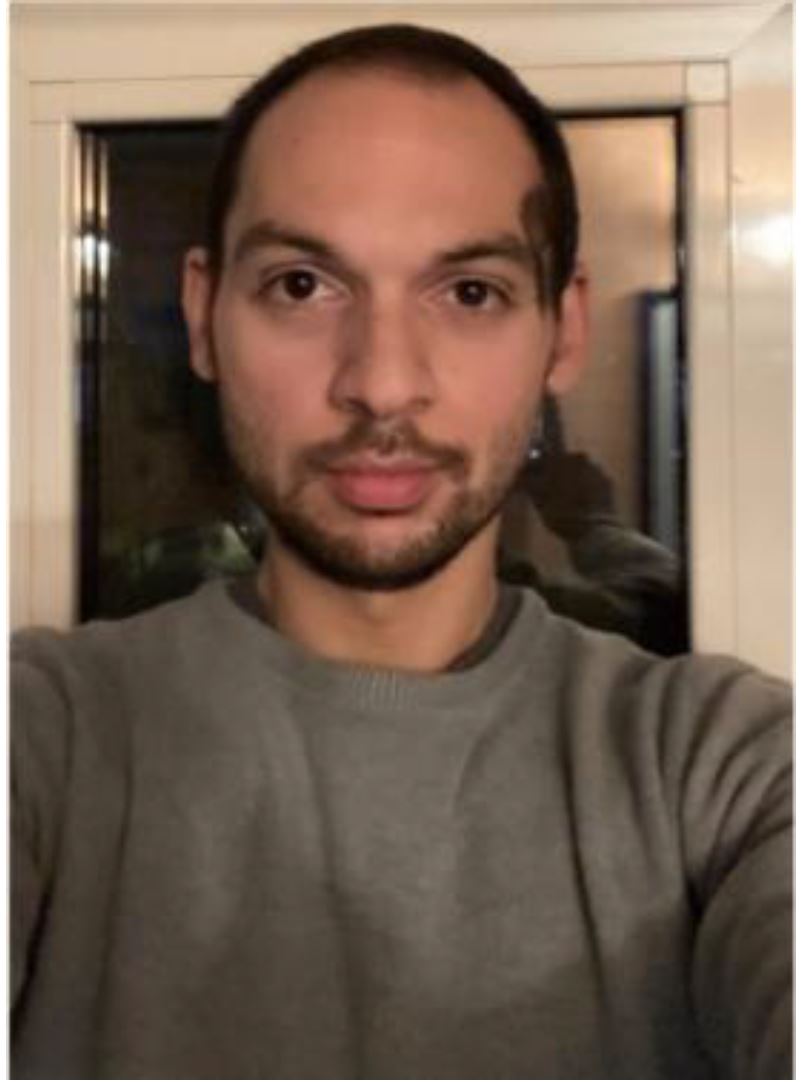
Organ-specific environment impact on lymphatic vessel functionality
Massimiliano M. Villone
Associate Professor at the Department of Chemical, University of Naples Federico II.
Fecha: 07-02-2024
Horario: 14 h
Lugar: Aula A.06 del edificio Ada Byron
On the effects of hydrodynamic interactions among cells for microfluidic holographic cyto-tomography
When cells in a suspension flow through a microfluidic channel and rotate within the field of view (FOV) of a holographic microscope, they become accessible to a light beam from various angles. This allows the retrieval of a three-dimensional refractive index map for each flowing cell, essentially a 3D phase-contrast tomogram. Understanding the effects of hydrodynamic interactions among cells on their rotational behaviour during flow is crucial for designing microfluidic devices for holographic imaging. In this study, we employ direct numerical simulations to investigate the dynamics of cell clusters suspended in a Newtonian liquid under pressure- driven flow within a microfluidic channel, with the aim of clarifying the influence of hydrodynamic interactions on cell rotation.
Massimiliano M. Villone was born in Naples (Italy) on the 7th of January 1987. He received Bachelor’s (2008), Master’s (1010), and PhD (2014) Degrees in Chemical Engineering from the University of Naples Federico II. During the PhD, he spent 6 months in the Material Technology group at the TU/e in Eindhoven (The Netherlands).
After the PhD, he has been Post-Doc researcher at the Center for Advanced Biomaterials for Health Care@CRIB of the Italian Institute of Technology (from 2014 to 2016) and subsequently fixed-term researcher (without tenure-track from 2016 to 2019, then with tenure-track from 2019 to 2022) at the Department of Chemical, Materials, and Manufacturing Engineering of the University of Naples Federico II.
He is currently Associate Professor at the Department of Chemical, Materials, and Manufacturing Engineering of the University of Naples Federico II.
In 2018, he spent 2 months at the Linné FLOW Center at the KTH Royal Institute of technology in Stockholm (Sweden), where he has also been lecturer in the 2018 FLOW/INTERFACE Autumn School in Rheology.
His research activities mainly focus on the numerical simulation of the mechanical and rheological behavior of multiphase systems of interest in the field of soft matter science and technology and on the application of machine and deep learning to such systems. He regularly attends national and international conferences on those topics.
He teaches courses on statistics, numerical simulation, non-linear systems, and soft matter for undergraduate, graduate, and PhD students at the University of Naples Federico II. He has also been lecturer at several PhD schools.
Abstract
The world is becoming unprecedentedly connected thanks to emerging media and cloud-based technologies. The holy grail of metaverse requires recreating a remotely shared world as a digital twin of the physical planet. In this world, the human is probably the most complex mechanical, physical, and biological system. Unlike computers, it is remarkably challenging to model and engineer how humans perceive and react in a virtual environment. By leveraging computational advancements such as machine learning and biometric sensors, this talk will share some recent research on altering and optimizing the human visual and behavioral perception toward creating the ultimate metaverse.
Bio
Qi Sun is an assistant professor at New York University, Tandon School of Engineering (joint with Dept. of Computer Science and Engineering and Center for Urban Science and Progress). Before joining NYU, he was a research scientist at Adobe Research and a research intern at NVIDIA Research. He received his Ph.D. at Stony Brook University. His research interests lie in computer graphics, VR/AR, vision science, machine learning, and human-computer interaction. He is a recipient of the IEEE Virtual Reality Best Dissertation Award.
